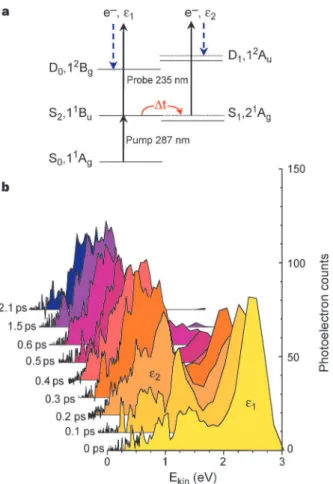Time-resolved photoelectron spectroscopy : from wavepackets to observables
Texte intégral
Figure




Documents relatifs
We fix the hydrodynamic parameters of the solar wind to study the distortions driven by the interplanetary magnetic field in the topology of the Hermean magnetosphere, leading
Even if available schema matching tools can obtain a set of good quality attribute correspondences, if we would like to use them for data integration, we need to eliminate the
In this contribution, we will present some experimental results concerning the transport proper- ties of nuclear matter, focusing specifically on the determination of
Equilibrium constants in aqueous lanthanide and actinide chemistry from time-resolved fluorescence spectroscopy: The role of ground and excited state reactions.. By Isabelle Billard
Below the emission in the initial stages of relaxation mentioned will be examined, with depolarization processes taken into account for such systems as impurity centers in crystals
Plaster is a building material widely used in finishing buildings work, known for its qualities, which allow it a growing demand in the construction market; it is a favorable
inoculated silage contrasted with the decrease in lactic acid contents and the increase in pH observed in the Control silage, concomitantly with an increase in lactate-as-
Description The work examines comparatively MgCr2O4 oxide samples prepared by three methods (solid state reaction, sol–gel and co-precipitation within reverse microemulsion)